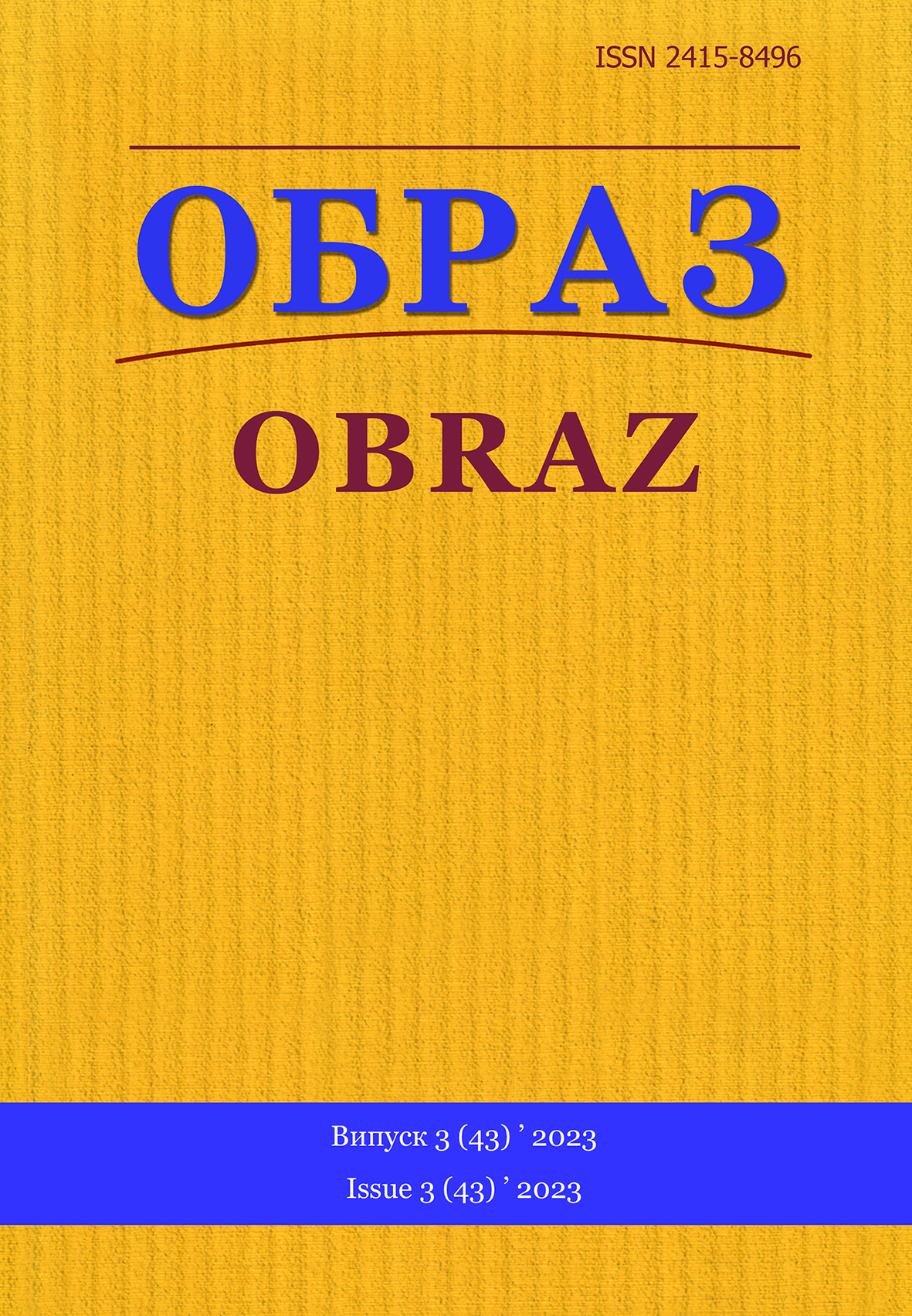Abstract
Introduction. The current martial law in Ukraine for 1.5 years now requires a study of indirect ways of communication between Ukrainians in the absence of a permanent telephone connection, interruptions in Internet connection, and, accordingly, an urgent need to use the possibilities of online communication with a delayed response.
Relevance and purpose. One of the simplest and most convenient communication practices in social networks and messengers is to mark an emotional reaction, which can be used even in the absence of an Internet connection in a delayed mode. Therefore, it is necessary to study the question of what purpose and how consciously Ukrainian social media users use this communication practice. In view of this, the purpose of our article is to find out the peculiarities of using graphic images to indicate emotional reactions of social media users as a communicative practice, in particular in the current conditions of the full-scale invasion of Russia.
Methodology. To achieve this goal, we used the following methods: searching for scientific sources on the topic of sign-visual communication and analyzing them, describing ways to indicate emotional reactions of users of social networks and messengers, a survey by questioning the target audience (Ukrainians aged 16 and older, divided into 6 age groups who use social networks and messengers) using a Google form that allowed them to choose three answers and/or add their own answer.
Results. The study found that the purpose of using likes for more than 85% of Ukrainian users is to support the author of the post (joy, sympathy, etc.). At the same time, almost 60% of respondents approach the process of marking a post deliberately and consciously.
Conclusions. The novelty of the study is that for the first time an attempt was made to establish the purpose and nature of the use of likes as a communication practice by Ukrainian users of social networks and messengers. The potential significance of the research results lies in the need to conduct educational work on the use of various graphic signs to denote the entire range of emojis within a particular social network or messenger. Prospects for further research are to study other communication practices of Ukrainians within social networks and messengers.
References
1. Bilous, AO. (2017), Logical and Rhetorical Analysis of Internet Discourse: PhD diss. (philos. sci.), Kyiv, 238 p.
2. Нavrylyuk, I.L. (2020), “Visual content of local online journalism: modern trends and problems”, Obraz [Image], no. 1(33), рр. 51–56.
3. “Emoji (Emoji) – what are they and why are they needed”, available at: https://termin.in.ua/emodzi-emoji.
4. “Smile. Word work”, available at: https://slovotvir.org.ua/words/smail.
5. “Emoticons from symbols: the best emotions and gestures”, available at: https://uaplay.com.ua/smajly-z-symvoliv-najkrashchi-emotsii-ta-zhesty.
6. “List of GIFs for Telegram”, available at: https://www.emojiall.com/uk/platform-telegram.
7. Troyanov, S. (2020), “Emojis in Viber”, available at: https://nachasi.com/tech/2020/07/21/viber-emoji/.
8. Udris, N.S. (2015), “Visual communication in the conditions of social transformations: renewal of semantic space”, Visnyk Xarkivskogo nacionalnogo universytetu imeni V. N. Karazina. Seriya: Sociologichni doslidzhennya suchasnogo suspilstva: metodologiya, teoriya, metody [Bulletin of Kharkiv National University named after V. N. Karazin. Series: Sociological studies of modern society: methodology, theory, methods], iss. 35, рр. 60–66.
9. Chemerkin, S. (2010), “The language of emoticons, or new signs in language. Language culture for everyday life”, available at: http://kulturamovy.univ.kiev.ua/KM/pdfs/Magazine59-23.pdf.
10. Shevchenko, V.E. (2013), Forms of Visualization in a Modern Journal: monograph., A.V. Palivoda Publishing House, Kyiv, 340 p.
11. Shkamarda O.A. (2021), Positioning of the Subject of Discursive Activity in an English-language Internet blog: PhD diss. (philol. sci.), Lutsk – Zaporizhzhia, 225 p.
12. Yatsimirska, M. (2015), “Visual texts in social networks (reflections, conclusions, emotions)”, Visnyk Lvivskogo universytetu. Seriya: Zhurnalistyka [Bulletin of Lviv University. Series: Journalism], iss. 40, рр. 361–369.
13. Bessarab, A., Hyrina, T., Sytnyk, O., Kodatska, N., Yatchuk, O. & Ponomarenko, L. (2022), @The Modern Transformation of Internet Communications”, Journal of Theoretical and Applied Information Technology, vol. 100, iss. 15, рр. 4710–4722, available at: http://www.jatit.org/volumes/Vol100No15/15Vol100No15.pdf.
14. Seiter, C. (2016), “The Secret Psychology of Facebook: Why We Like, Share, Comment and Keep Coming Back”, available at: https://buffer.com/resources/psychology-of-facebook.

This work is licensed under a Creative Commons Attribution 4.0 International License.

